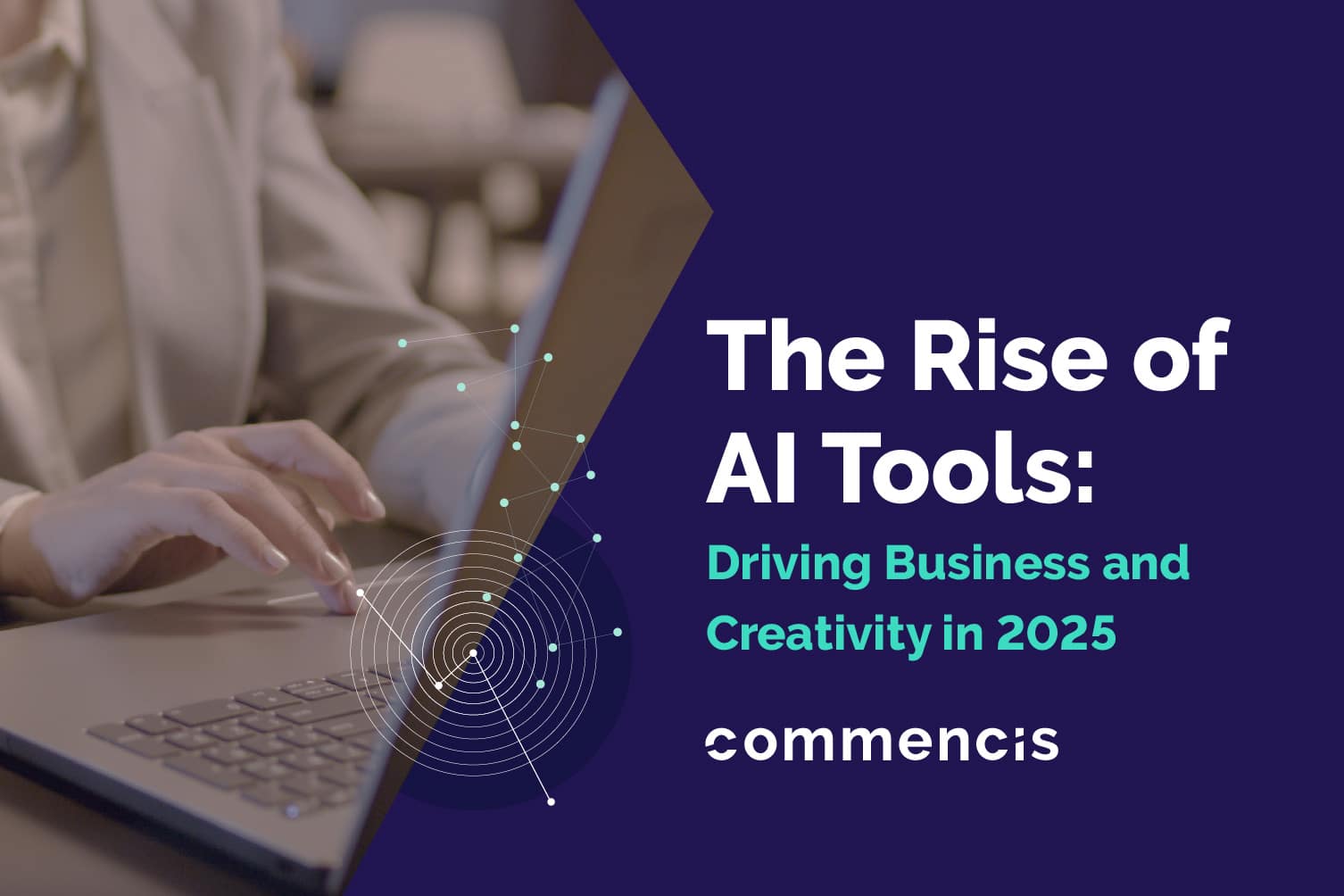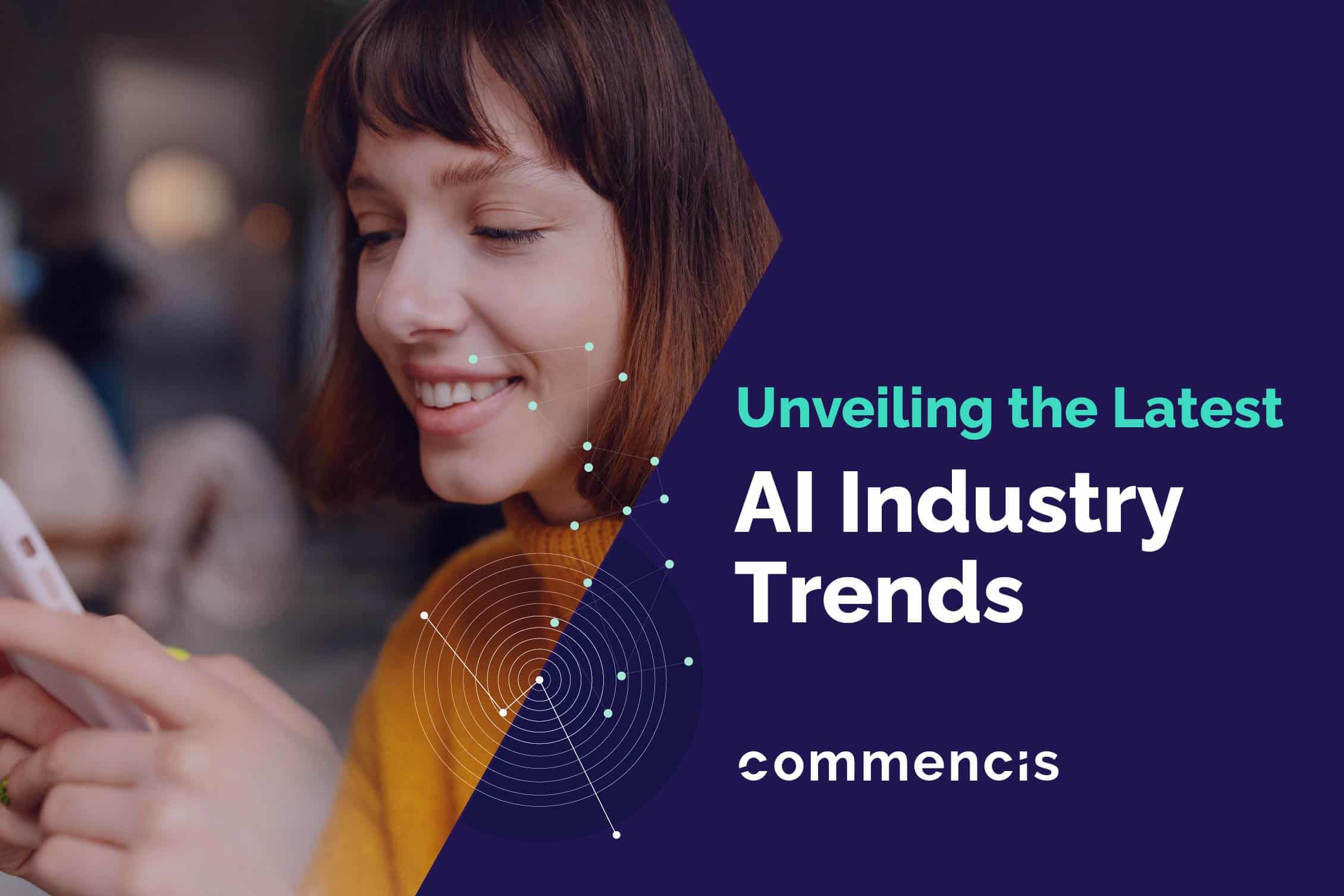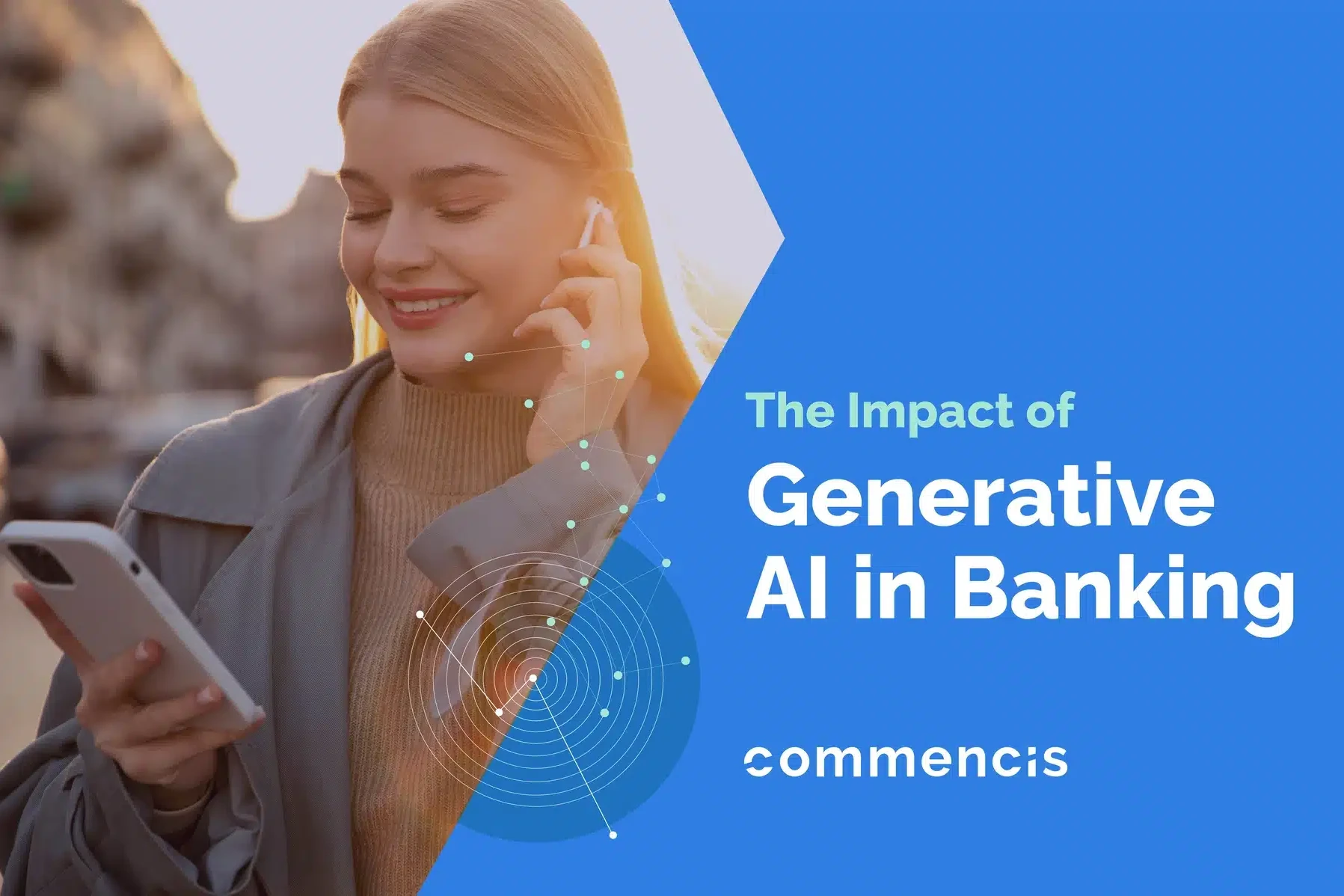The Super Bowl of AI — From a CIO Lens
Reading Time: 5 minutes

Duru Kızılkayak
Chief Information Officer
Last week, I had the chance to attend NVIDIA’s GTC 2025 — an event that has transformed significantly over the past few years. Once centered around gaming, graphics, and high-performance computing, and later drawing interest from banking and financial services, GTC has now become one of the most important forums for exploring the role of AI in enterprise and industry. The rise of Generative AI has been a turning point, pushing GTC into the spotlight far beyond its original audience. NVIDIA, as one of the driving forces behind the AI revolution, is not only building the infrastructure but also shaping the ecosystem that powers today’s most advanced AI systems.
Last year, the event was nicknamed the “Woodstock of AI” — a reference to the cultural moment AI seemed to be having. This year, it was widely referred to as the “Super Bowl of AI,” reflecting both its scale and the level of global attention it commanded.
The conference was held at the San Jose Convention Center, while NVIDIA CEO Jensen Huang’s keynote — a major highlight — took place at the nearby SAP Center, a stadium filled with tens of thousands of attendees. Huang was met with a level of attention usually reserved for public figures in entertainment — with a highly engaged audience, enthusiastic applause, and clear recognition of his role in shaping the current AI landscape.
Floor access for the keynote required waiting in line for well over an hour, and the same was true for many popular sessions throughout the week. The event brought together a broad mix of attendees — from CTOs, CIOs, and product leaders to AI researchers, developers, and enterprise architects — all eager to understand how the latest AI advancements can be applied in real-world business and technical environments.
One of the more unforgettable moments came during the keynote, when Blue, NVIDIA’s humanoid robot, made a popstar-style entrance onto the stage — part tech reveal, part performance. Built on the Warp framework and powered by NVIDIA’s Newton physics engine, Blue demonstrated realistic, physically responsive motion — offering a glimpse into the future of robotics. While enterprise applications remain limited for now, it was a striking reminder of how fast the boundary between digital and physical intelligence is advancing.
Jensen Huang also announced several major product launches, including the Blackwell Ultra GPU series, a new DGX Station, and upgrades to the Omniverse Earth-scale digital twin.
While these innovations represent massive leaps in compute power and simulation, my focus here is more grounded: what these developments mean for enterprise adoption — and how we should respond as we move deeper into intelligent transformation.
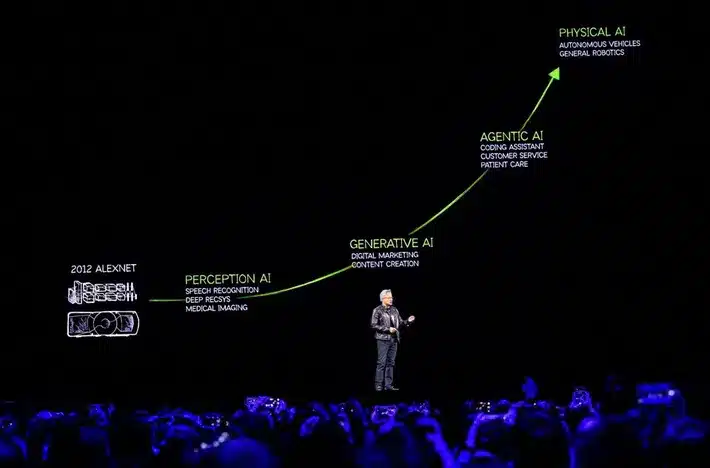
Agentic AI: From Conversation to Collaboration
AI is no longer just about generating text or answering questions. The spotlight has now shifted to Agentic AI—systems that can perform tasks, reason, and collaborate with other agents.
Jensen Huang, CEO and co-founder of NVIDIA, used his keynote to outline AI’s evolution in four stages: Perception AI (speech recognition, recommendations, medical imaging), Generative AI (content creation, marketing), Agentic AI (task-performing assistants in coding, healthcare, customer support), and Physical AI (robotics and autonomous systems).
Enterprises are embracing Agentic AI to drive business value—while placing a strong emphasis on security, consistency, and data governance. Especially in sectors like banking, there’s growing demand for frameworks built with NVIDIA blueprints that ensure AI solutions align with organizational tone, accuracy, and unified access control.
At Commencis, we see this as validation of our approach: building scalable, secure, and customized AI frameworks for enterprise clients.
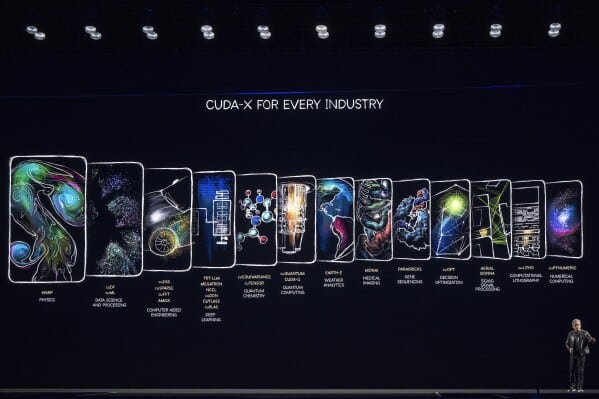
AI Architecture: Moving Beyond the Model
Across most sessions, the message was clear: The model is no longer the differentiator — system design is.
Some core themes included:
- Latency now outweighs accuracy in many real-time use cases, particularly for customer-facing applications.
- Reasoning models require significantly more compute — up to 20x more tokens and 100x the processing power — increasing the need for architectural efficiency.
- Large models are not suitable for all tasks — modularity and multi-model orchestration are becoming key.
- Voice-to-voice interaction is seen as a meaningful next step, especially where tone and sentiment carry weight — though it’s still in early stages.
These factors are central to enterprise AI planning. Adoption decisions now hinge not just on what a model can do, but how efficiently and securely it fits into production environments.
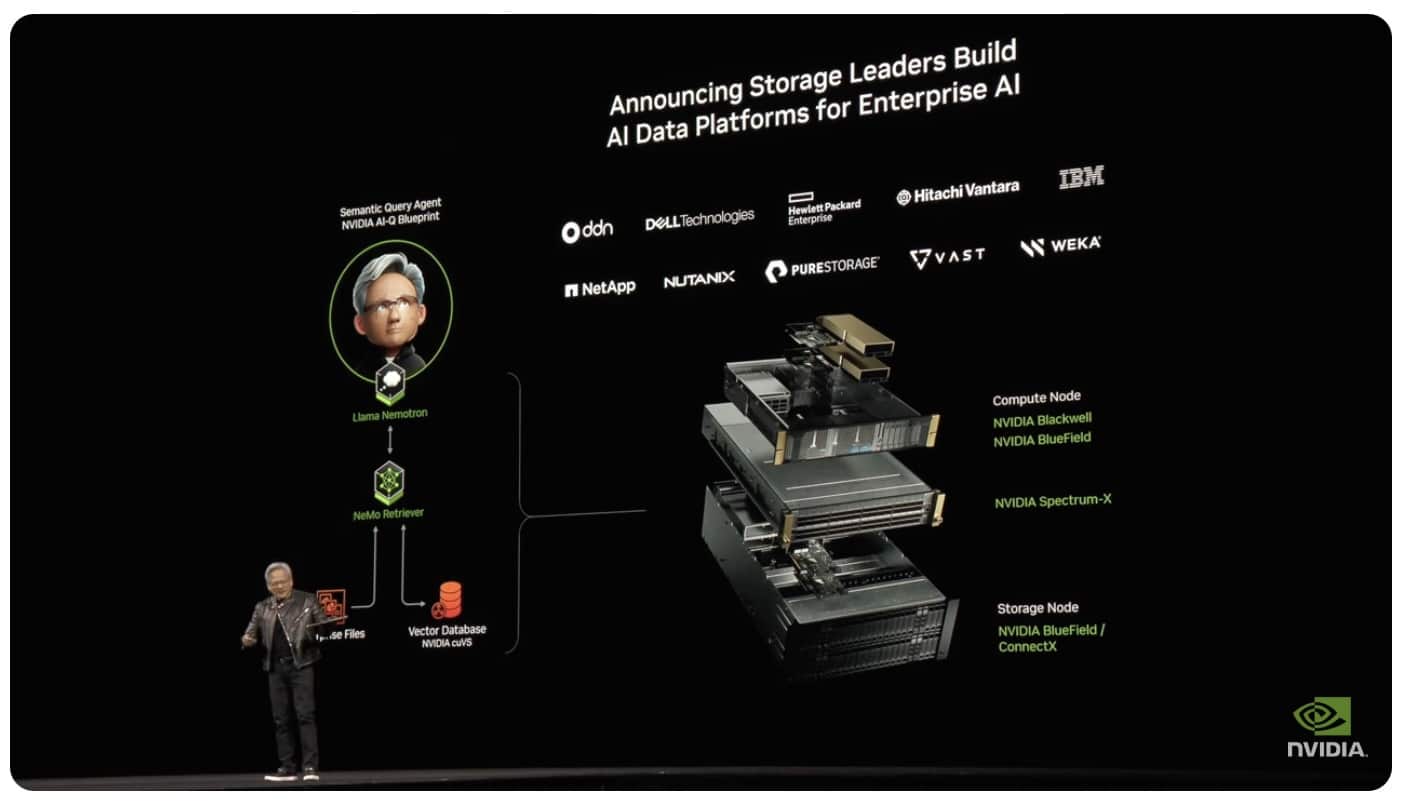
Digital Humans Are Here—and They’re Getting Smarter
Among the most engaging demos at GTC were AI-powered digital humans — not gimmicks, but fully-integrated systems designed for enterprise use.
AI is now a strategic priority, not just hype. Companies are shaping their AI roadmaps around enhancing customer experience, boosting operational efficiency, and driving market differentiation.
Key trends include the rise of low-effort, high-impact copilots in customer service, the critical role of clean, accessible data, and growing demand for secure, domain-specific AI solutions.
While today’s technology has limits, early adopters are set to gain a major competitive edge in the next 2–3 years.
At Commencis, this approach reinforces our focus on delivering innovative, enterprise-ready solutions that are both impactful and future-proof.
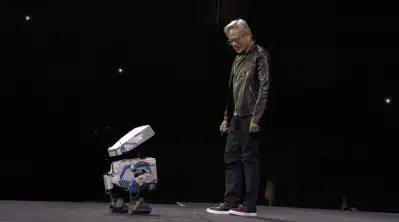
Closing Thoughts
And as that future becomes reality, I see even more clearly the need to approach AI thoughtfully — not just as a tool to deploy, but as a strategic capability that will shape how we operate and support our clients in their intelligent transformation.
At Commencis, we remain focused on this path: building AI that works at scale, integrates securely, and delivers lasting value — both for us and for the clients we serve.
Stay tuned for more updates as we continue building smarter, safer, and more impactful AI solutions.
Interested in what we’re working on in AI?
Get in touch with our team or follow us on LinkedIn for the latest news and insights.
Reading Time: 5 minutes
Don’t miss out the latestCommencis Thoughts and News.

Duru Kızılkayak
Chief Information Officer

